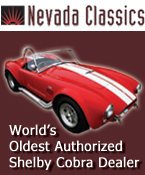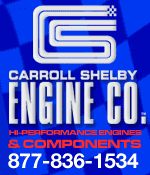
06-24-2003, 04:31 AM
|
|
CC Member

|
|
|
Join Date: Jul 2000
Location: Bremen,
OH
Cobra Make, Engine: Classic Roadsters, 393 stroker, Tremec 3550, about 425 hp, MDA GT40 289
Posts: 179
|
|

 Not Ranked
Not Ranked
 Parasitic loss
Parasitic loss
Does anyone out there know what percent of parasitic loss the drivetrain has on horsepower. I put my car on the dyno at DVSF and ended up with 360 rwhp and 398 rwtq. I've always heard the drivetrain loss wound up around 25 to 30 percent. Anyone have an answer to that question.
Just Curious,
Jim Downard
|




















 Threaded Mode
Threaded Mode

